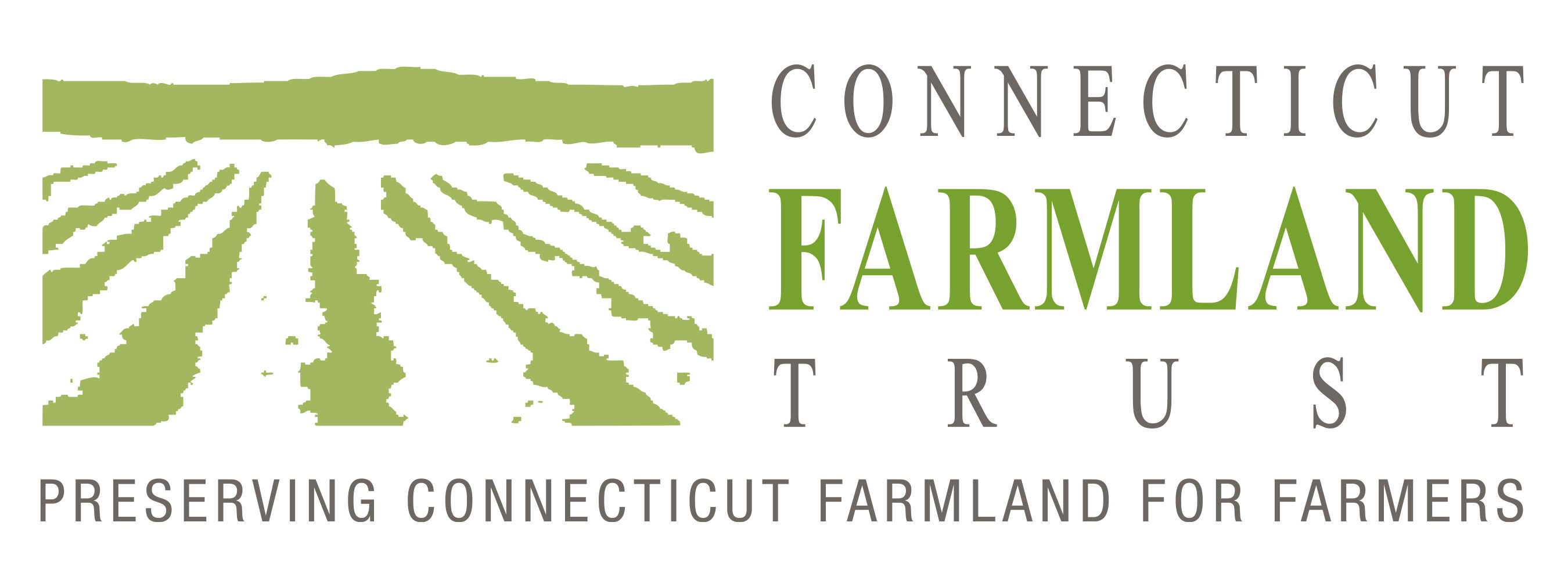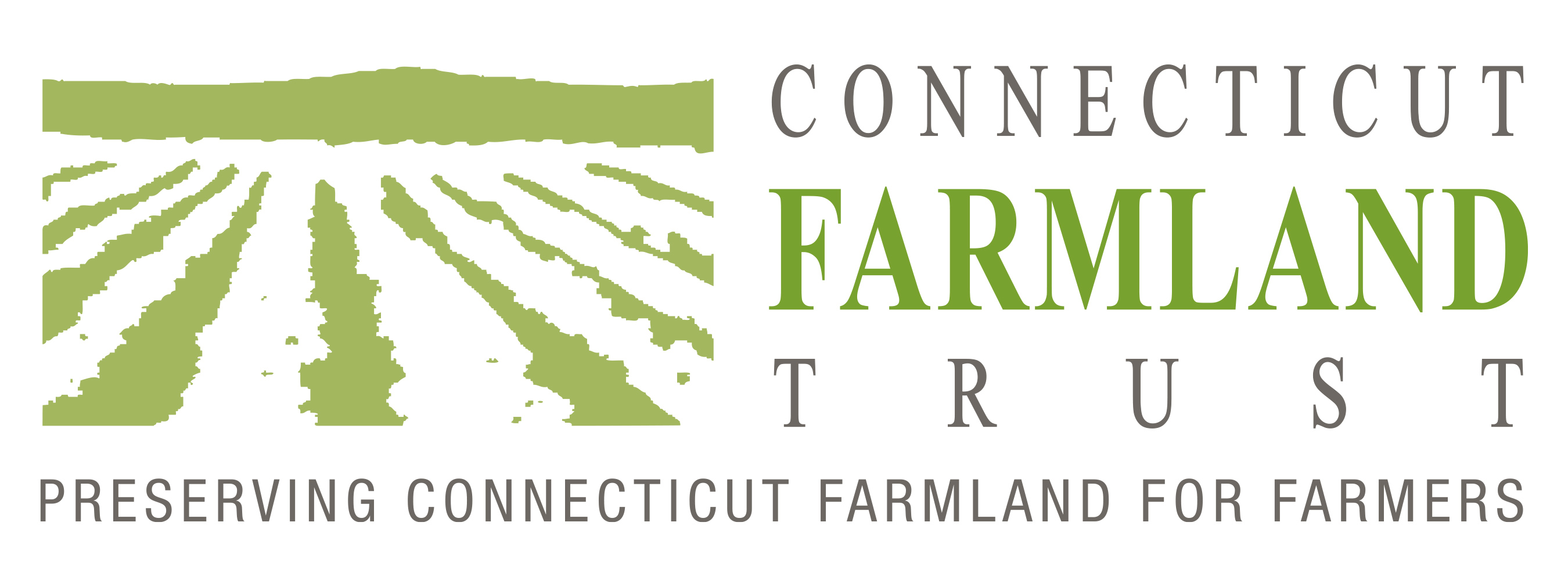Protected by: U.S. Department of Agriculture’s Natural Resources Conservation Service (NRCS), CT Department of Agriculture, and Connecticut Farmland Trust
Year Protected: 2020
Acres: 104
In a twist of fate, a man who bought an overgrown property to mine it for gravel, ended up restoring the land to create a high-quality property for farming and then protecting it.
In 2006, owner Ken Sigfridson bought a former pheasant farm. The farm, which boasts over 104 acres, spans across two towns. The majority of the farm is in Lisbon and it extends into Canterbury. The land was overgrown, and Ken planned to dig up the soil and gravel to sell for profit, but then the economic downturn in 2008 impacted his business plans and forced him to think about the other options for the future of land. Instead of mining it, he went the opposite route. He decided to restore the land.
Ken reached out to the CT Department of Agriculture’s Farmland Preservation Program in 2016, and they quickly asked CFT to be their partner in protecting the farm.
Ken received multiple grants from the Farmland Restoration Program, a state program that helps farmers cover the cost of clearing and improving farm fields. He has greatly expanded the tillable acreage on the property with support from this program. Now that the farm is preserved forever, Ken is excited about the possibilities that the farmland provides the current – and future – farmers in the area. “The permanent protection of Pheasant Farm highlights the importance of ensuring agricultural farmlands will forever be available for current, and future, farmers in Eastern Connecticut,” said Bryan P. Hurlburt, Connecticut Commissioner of Agriculture. “It also showcases the value of our farmland restoration program to bring vital acreage back into production.”
The most interesting part of this story lies in the fact that the owner did not come from a farming family, nor does he farm his land now. The farmland is leased by Tyler Brothers-Ledgebrook Farm dairy for corn for its herd.
Ken Sigfridson has six grandchildren between the ages of 4 to 13 and he wants them to have the option to work the land as farmers in the future. He has no idea if they will be interested in farming when they grow up, but he has created a path for them to be become first-generation farmers. “The farm will always be there, should they want it for any [agricultural] endeavor that they wish to pursue,” said Ken.


